No products in the cart.
April 2, 2024 7:37 pm
April 2, 2024 7:37 pm
In the rich tapestry of Norse mythology, few figures are as captivating and complex as Loki. Known widely as the trickster god, Loki dances on the blurred lines between ally and antagonist among the Norse gods.
His cunning, shape-shifting nature, and propensity for chaos not only define his character but also set the foundation for the extraordinary tales of his children.
These offspring, far from ordinary, weave their own significant threads into the mythological narrative, embodying a range of cosmic principles that challenge the very fabric of the Norse cosmos.
This introduction aims to peel back the layers of myth and mystery surrounding Loki and his progeny, inviting enthusiasts of Norse mythology and paganism into a world where the lines between the mundane and the magical blur.
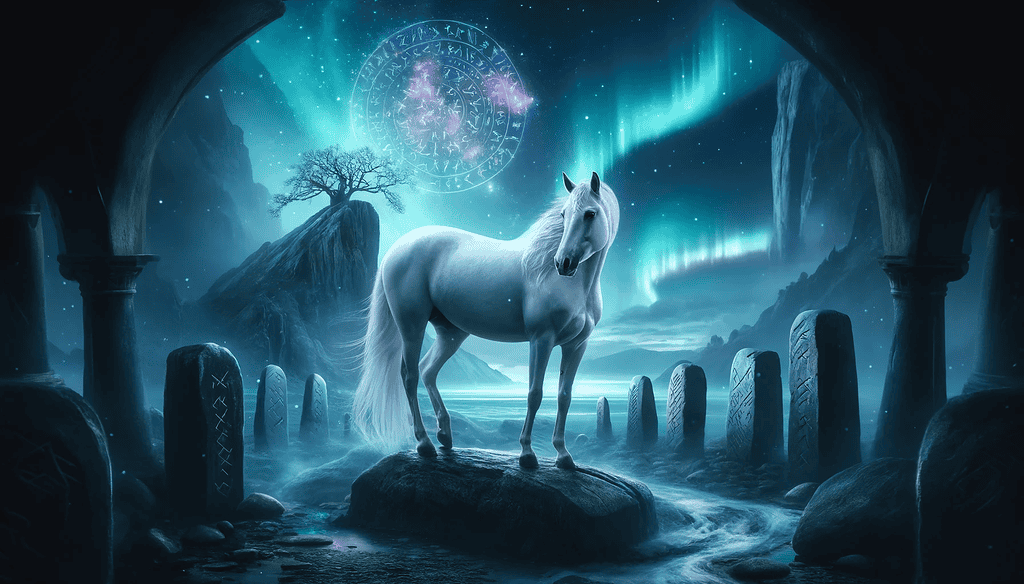
Loki, the god of mischief in Norse mythology, is as renowned for his trickery and shape-shifting as he is for his extraordinary lineage.
His children, born from various unions, embody the vast and often contradictory aspects of existence, from the depths of the underworld to the very fabric of the cosmos itself. T
his section delves into the diverse offspring of Loki, each holding a unique place within the Norse mythological landscape, their stories intertwined with the fates of gods and mortals alike.
The tales of Loki’s progeny serve as pivotal points in the Norse mythos, bridging the worlds of the Aesir gods and the elemental forces of chaos.
From the fearsome wolf Fenrir, destined to break free from his chains and play a crucial role in Ragnarok, to the Midgard Serpent, Jörmungandr, whose immense body encircles the earth, these figures represent the unpredictable and often destructive nature of their father.
Among Loki’s children, Hel stands out as the ruler of the underworld, a domain where she presides over the souls of the departed.
Her realm is as much a part of the Norse cosmology as Asgard or Midgard, offering a stark contrast to the celestial abodes of the gods.
Meanwhile, Sleipnir, the eight-legged horse born of Loki’s shapeshifting escapades, serves Odin, the Allfather, symbolizing the complex relationships between Loki’s lineage and the other deities.
Each of Loki’s children, through their unique identities and destinies, reflects a facet of Loki’s multifaceted nature.
They embody the depth of Norse mythology, where creation and destruction, cunning and bravery, death and rebirth are inextricably linked.
This overview sets the stage for a deeper exploration into the lives and legends of these enigmatic figures, inviting followers of Norse mythology and paganism to delve into a world where the lines between the known and the mystical blur.
| Name | Type of Being | Key Characteristics | Fun Fact |
|---|---|---|---|
| Fenrir | Giant Wolf | Immense strength, destined to grow so large that his jaws extend between the heavens and the earth. | Despite his fearsome destiny, Fenrir was raised among the gods until his strength became too great. |
| Jörmungandr | World Serpent | Encircles Midgard (the human world), holding its tail in its mouth; destined to fight Thor during Ragnarök. | Jörmungandr’s battle with Thor is so legendary, it’s said their final encounter will shake the very world. |
| Hel | Goddess | Ruler of Helheim, the underworld, where she oversees the dead; depicted as half alive and half dead. | Hel’s domain is not just a place of punishment but also a realm of existence after death, nuanced and vast. |
| Sleipnir | Eight-Legged Horse | Odin’s steed, known for being the best of all horses; capable of journeying through the sky and over the sea. | Sleipnir is the result of Loki’s shape-shifting adventures, showcasing his father’s mischievous nature. |
| Narfi (Nari) | Tragic Victim | Originally a benign figure, transformed into tragic collateral in the gods’ punishment of Loki. | Narfi’s entrails were used to bind Loki, symbolizing the cruel and intertwined fates of Loki’s family. |
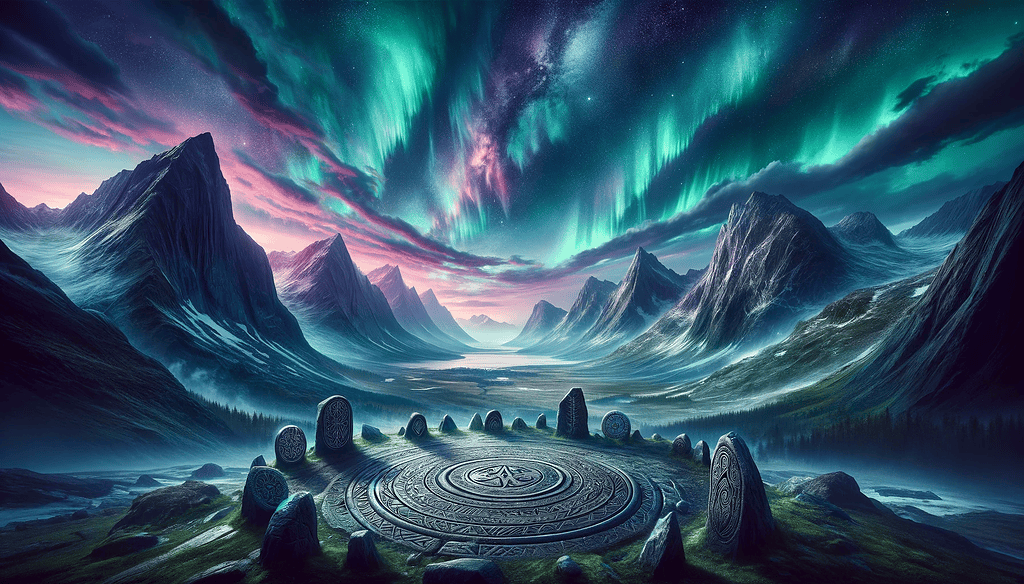
The tale of Jörmungandr begins with its birth to Loki and the giantess Angrboda, deep within the heart of Jotunheim. This serpent was destined from its first slither to become a formidable force within Norse mythology, a being whose very existence would challenge the gods and the order of the cosmos.
Jörmungandr’s growth was so immense that it soon encircled Midgard, the world of humans, biting its own tail. This act symbolizes the serpent’s connection to the cyclical nature of time and the inevitability of fate, themes deeply ingrained in Norse cosmology.
The relationship between Jörmungandr and the gods, particularly Thor, the god of thunder, is marked by hostility and foreboding. Their legendary encounters, filled with tension and thunderous battles, underscore the serpent’s role as a harbinger of chaos and a pivotal figure in the prophecy of Ragnarök.
As Ragnarök, the end of the world, approaches, Jörmungandr is said to release its tail and rise from the depths, causing the seas to churn and the land to quake.
This act of unleashing chaos sets the stage for the final battle, where Jörmungandr and Thor are destined to face each other once more, a confrontation fated to end with the serpent’s venom and the god’s wrath sealing their mutual demise.
Through the saga of Jörmungandr, we glimpse the complex weave of fate, conflict, and the cyclical nature of destruction and rebirth that defines Norse mythology.
The Midgard Serpent stands as a testament to the intricate relationships between the gods, their adversaries, and the cosmological principles they embody, inviting enthusiasts of Norse paganism to explore the depths of these ancient narratives.
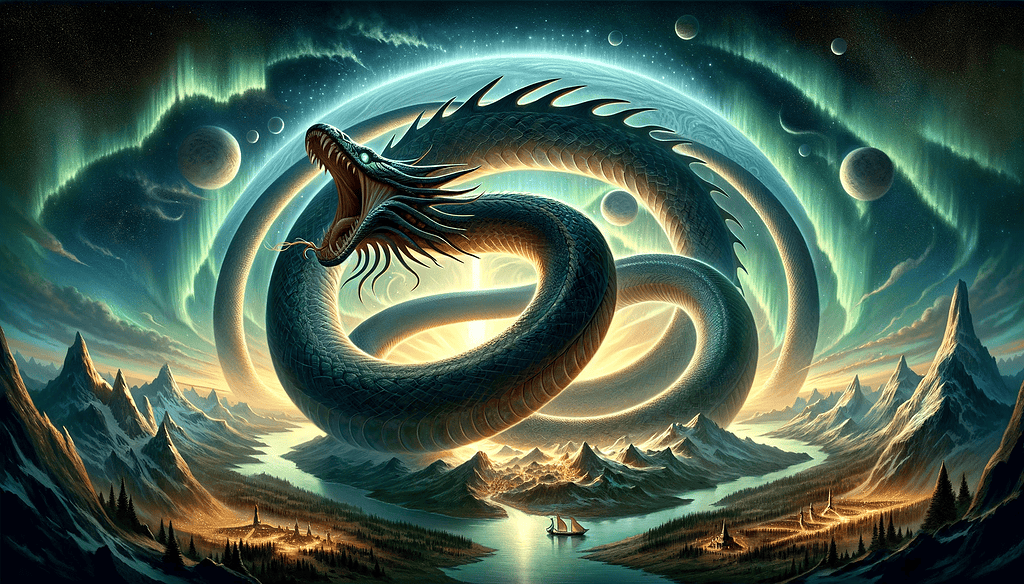
Born to Loki and the giantess Angrboda, Fenrir the wolf is a figure enveloped in the shadows of prophecy from the very start. His birth, along with his siblings, signaled to the gods the coming of great turmoil and the eventual unravelling of the cosmos as foretold in the ancient texts.
Fenrir’s growth was both a marvel and a terror to the gods. His size and strength increased at such an alarming rate that the gods, fearing their own safety and the fulfillment of the dark prophecies associated with the wolf, decided to take action to restrain him, masking their intent with a veneer of challenge and sport.
Among the gods, it was Tyr who demonstrated unparalleled courage. In an act of bravery and sacrifice, Tyr placed his hand in Fenrir’s mouth as a pledge of good faith while the gods attempted to bind the wolf. When Fenrir realized the deceit, he bit off Tyr’s hand, marking Tyr’s valor and Fenrir’s betrayal.
The gods attempted to bind Fenrir with various fetters, each stronger than the last, under the guise of testing his strength.
However, it was only with the magical ribbon Gleipnir, fashioned from the most improbable materials, that they succeeded in binding the great wolf, securing him to a boulder with a sword wedged in his jaws to prevent him from biting.
Fenrir’s destiny is deeply intertwined with the prophecy of Ragnarök. It is foretold that he will break free from his bonds during the end times, leading to a cataclysmic battle where he is destined to face Odin himself.
This ultimate confrontation symbolizes the cyclical nature of Norse mythology, where creation and destruction are endlessly intertwined, reflecting the deep, underlying themes of fate and the struggle against the inevitable.
Through the tale of Fenrir, we delve into the complexities of destiny, sacrifice, and the eternal conflict between order and chaos, inviting followers of Norse mythology and paganism to reflect on the intricate narratives that shape the mythological world.

Hel, the daughter of Loki and the giantess Angrboda, stands as a somber figure in Norse mythology, ruling over Helheim, the realm of the dead.
Unlike her monstrous siblings, Hel’s domain and her role within the cosmos are defined not by destruction, but by the governance of the afterlife, providing a place for those who do not die in battle.
Hel’s appearance is as striking as her lineage, with one half of her body resembling that of a living woman, and the other, the decayed form of the dead. This duality represents the thin veil between life and death in Norse cosmology, and Hel herself embodies the inevitability of mortality.
Hel’s significance within the Norse pantheon is further highlighted in the tale of Balder’s death, a pivotal event that sets the stage for Ragnarök.
When Balder, the beloved son of Odin, finds himself in Helheim following his untimely death, it is Hel who decrees that he will only be released if all things, living and dead, weep for him.
The refusal of a single giantess, often thought to be Loki in disguise, seals Balder’s fate, underscoring Hel’s crucial role in the unfolding of the mythological narrative.
Hel’s realm offers a nuanced view of the Norse afterlife, challenging the glorification of death in battle that pervades much of the mythology.
In Helheim, the dead find themselves in a world not unlike the one they left, where they continue their existence, albeit in the shadowy reflection of the living world.
Through the exploration of Hel and her domain, we delve into the complex themes of fate, death, and the afterlife in Norse mythology, inviting those fascinated by these ancient tales to consider the broader cosmological framework that encompasses not just the valor of warriors, but the inevitable journey to the underworld.
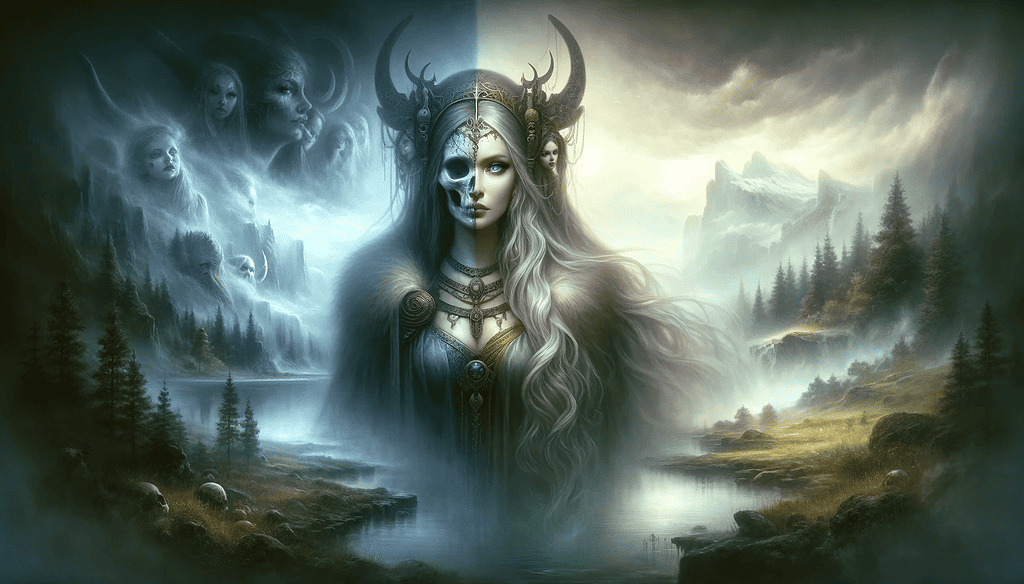
The story of Sleipnir, the eight-legged steed of Odin, begins with one of Loki’s most audacious feats of shapeshifting.
In a bid to outwit a master builder who threatened the safety of Asgard, Loki transformed into a mare, captivating the builder’s stallion and thus delaying the construction of the gods’ fortress. This cunning act led to the birth of Sleipnir, a creature unparalleled in Norse mythology.
Sleipnir, a son of Loki Laufeyjarson in his equine form, stands as a testament to Loki’s complex nature as both a creator and a disruptor. His birth is a unique event, intertwining the themes of deception and wonder, and showcasing Loki’s pivotal role in the tales of the Norse gods.
As the mount of Odin, Sleipnir carried the Allfather across the nine worlds, his eight legs symbolizing unmatched speed and agility.
This made Sleipnir not just a marvel of the animal kingdom but a significant figure in the travels and trials of the gods, embodying the connection between the realms and the fluidity with which the divine navigate the cosmos.
Sleipnir’s place in Norse mythology extends beyond his birth and his role as Odin’s steed. He is often seen as a symbol of the bonds that tie the Aesir to the other beings of the Norse cosmos, representing the intertwined fates and shared stories of gods, giants, and other mythological creatures.
Mentioned in both the Prose Edda and the Poetic Edda, Sleipnir’s legend is woven into the fabric of Old Norse literature, embodying the richness of Norse storytelling and the depth of its mythological world.
His story, marked by the peculiar circumstances of his birth and his extraordinary abilities, invites enthusiasts of Norse mythology to explore the intricate and often surprising relationships among the gods and their offspring.
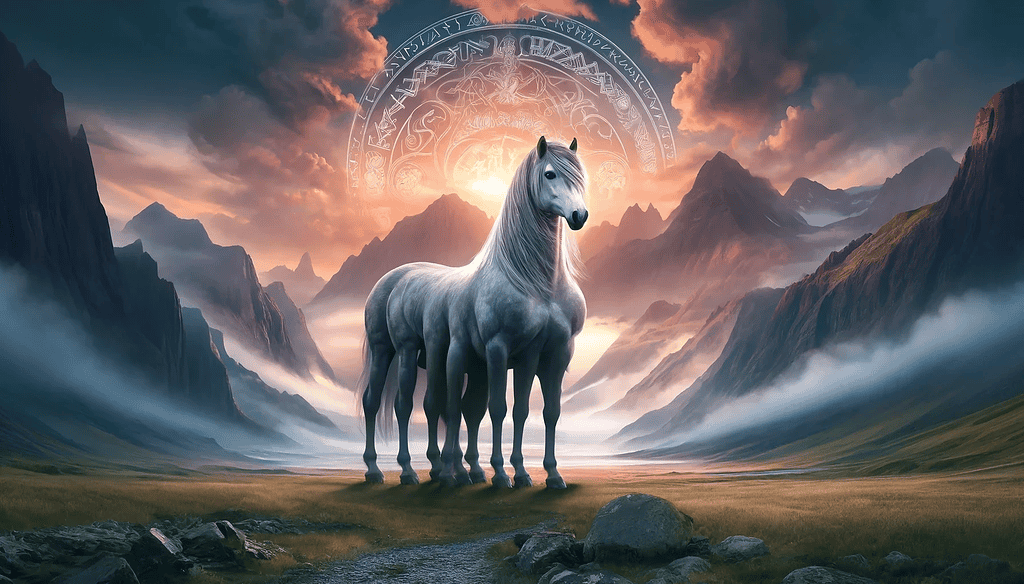
Narfi, also known as Nari, was another son of Loki, born to the giantess Sigyn. His life, much like that of his brother Vali, was overshadowed by the larger conflicts and dramatic events dictated by the fates of the Norse gods.
Narfi represents the innocent side of Loki’s progeny, untainted by malice yet doomed to suffer because of his father’s misdeeds.
Narfi’s fate was sealed during the punishment of Loki, where the gods, in a macabre twist of divine justice, turned Vali into a wolf who then killed his own brother.
Narfi’s entrails were used by the gods to bind Loki as part of his punishment for his role in Balder’s death. This brutal act highlights the tragic and often cruel nature of Norse mythology, where even the innocent are not spared from the repercussions of the gods’ wrath.
Narfi’s tragic end contributes to the grim narrative of Loki’s family, symbolizing the collateral damage of the gods’ vendettas and schemes.
His story is a poignant reminder of the Norse belief in the inexorable and often harsh nature of fate, underscoring the theme that no one, not even the gods and their children, can escape their destined outcomes.
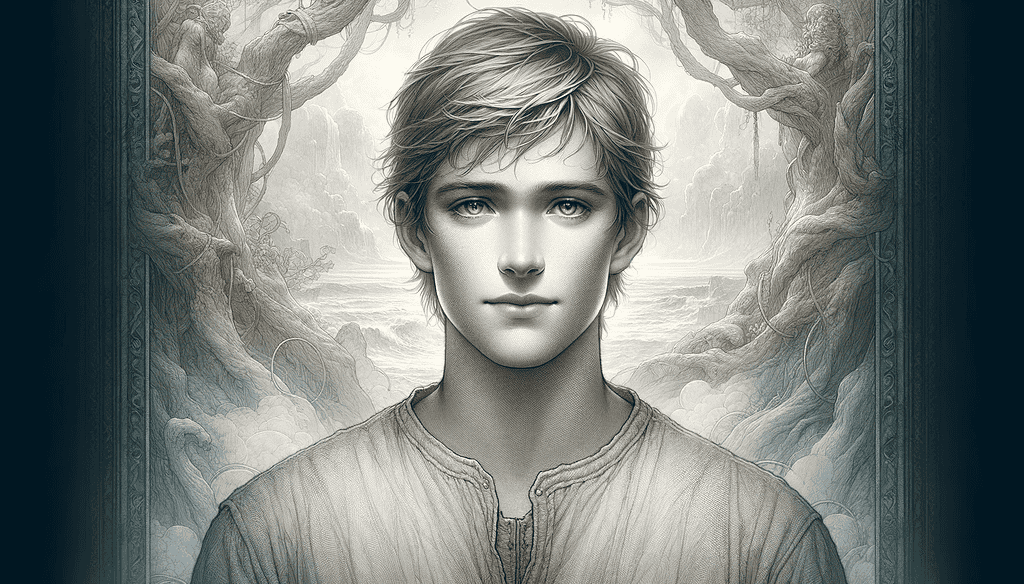
The tales of Loki’s offspring, as chronicled in the Prose Edda, represent just a fragment of the vast mosaic of Norse mythology. Delving into the Poetic Edda and other ancient texts reveals additional layers and nuances to these stories, offering a broader perspective on the enigmatic figures birthed by the trickster god.
The Poetic Edda, a collection of Old Norse poems, presents a less structured but equally compelling narrative of the Norse cosmos.
Within its verses, the stories of Loki’s children are told with a poetic freedom that often diverges from the more formal accounts found in the Prose Edda, granting us glimpses into alternate interpretations and facets of these mythical beings.
Exploring these ancient sources, one might encounter variations in the tales of Fenrir, Jörmungandr, Hel, and Sleipnir that challenge or enrich the conventional accounts.
These differences might manifest in the description of their roles, the intricacies of their interactions with the gods, or the symbolic meanings attributed to their existence.
The Prose Edda, penned by Snorri Sturluson, is often seen as the definitive guide to Norse mythology, yet it is but one interpretation shaped by its author’s context and intentions.
By comparing Snorri’s accounts with those in the Poetic Edda and other sagas, we can appreciate the diversity of thought and tradition that has shaped the Norse mythological tradition.
For enthusiasts of Norse mythology and paganism, these explorations beyond the familiar narratives invite a deeper engagement with the lore.
They challenge us to consider how the stories of Loki’s progeny have evolved and how they continue to resonate within the tapestry of Norse myth, reflecting the enduring allure of these ancient tales and their capacity to inspire wonder, debate, and reinterpretation.
The offspring of Loki, often branded as monstrous within the Norse mythological canon, embody far more than the sum of their fearsome features. This narrative seeks to unravel the complexities of these beings, challenging the simplistic dichotomy of monster versus deity that pervades conventional interpretations.
Fenrir, the great wolf, is frequently depicted as a harbinger of destruction, yet his story is also one of betrayal and forced isolation by the very gods who feared his potential.
This perspective invites a reevaluation of Fenrir’s role, suggesting that his monstrous reputation may stem more from the gods’ anxieties than from his own actions.
Jörmungandr, the Midgard Serpent, represents the cyclical nature of the world, encircling Midgard in a perpetual embrace. Rather than viewing the serpent solely as a threat, it’s worth considering its role in maintaining the balance of the world, embodying the interconnectedness of all life.
Hel’s dominion over the underworld is often overshadowed by her daunting appearance and the realm’s association with death. However, her governance of Helheim provides structure to the afterlife, offering a place of rest for those not destined for Valhalla, thus playing a crucial role in the cosmic order.
Sleipnir, the eight-legged horse, transcends his unusual birth and physicality, symbolizing the ultimate connection between the realms.
His ability to traverse the worlds with Odin highlights the importance of mobility and fluidity within the Norse cosmos, challenging the notion of monstrosity with his indispensable role.
This exploration into the true nature of Loki’s children encourages a broader understanding of their roles within Norse mythology.
By moving beyond surface-level interpretations, we uncover a richer narrative that emphasizes the intricate balance between chaos and order, challenging readers to see these figures not as mere monsters, but as integral components of the mythological tapestry.
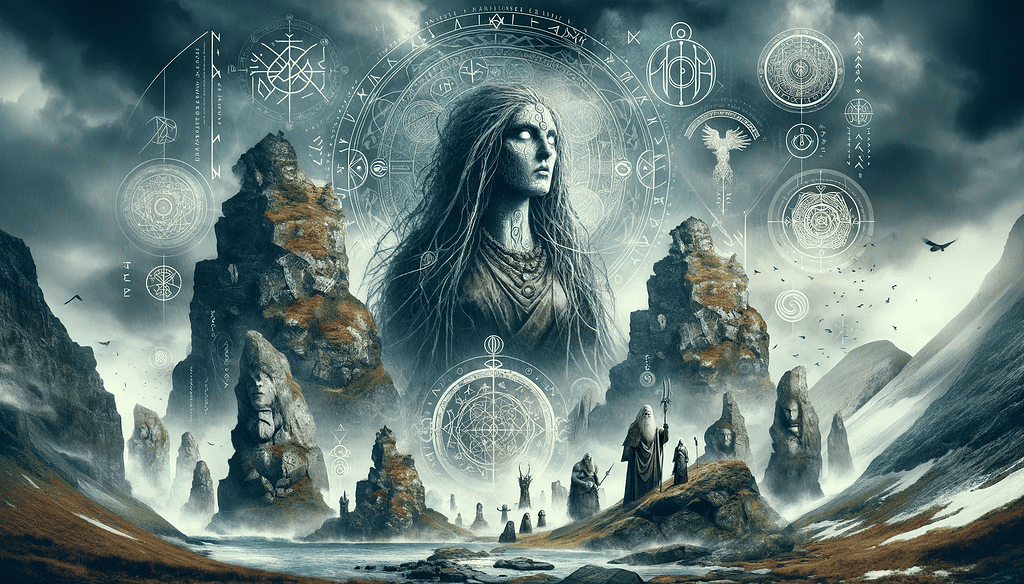
The children of Loki, with their extraordinary origins and destinies, serve as potent symbols within the Norse mythological tapestry, embodying the perpetual dance between chaos and order.
These figures, born from the union of Loki with figures of great power and mystery, reflect the nuanced Norse understanding of the universe’s dynamic equilibrium.
Fenrir, the great wolf, represents the fear of the uncontrollable forces that lurk at the edges of civilized order, his binding a metaphor for the attempts to contain the inevitable.
The prophecy of his breaking free for the final battle speaks to the Norse belief in the cyclical nature of destruction and renewal, where even the gods are subject to the whims of fate.
The Midgard Serpent, encircling the world, biting its own tail, is a powerful symbol of continuity, the eternal cycle of life and death. This serpent, lying at the bottom of the ocean, embodies the interconnectedness of all living things, suggesting that the fate of the world is a shared burden.
Hel’s realm and her very being, half-alive and half-dead, symbolize the duality of existence, the inseparable interplay between life and death.
Her domain, Helheim, unlike the Christian concept of Hell, is not merely a place of punishment but a reflection of the diverse fates awaiting individuals in the afterlife, challenging simplistic dichotomies of good and evil.
Sleipnir, the eight-legged steed, stands as a symbol of mobility and the ability to traverse challenging terrains, both physical and metaphysical.
His existence speaks to the value of adaptability and the connections between the disparate realms of the Norse cosmos, emphasizing the importance of journeying and exploration in the quest for knowledge and power.
The stories of Loki’s children are laden with symbolism, from the inevitability of change represented by Fenrir’s eventual freedom to the cyclicality of existence embodied by Jörmungandr.
These narratives invite followers of Norse mythology to ponder the complexities of life, the universe, and everything in between, encouraging a deep engagement with the myths that shape our understanding of the world.
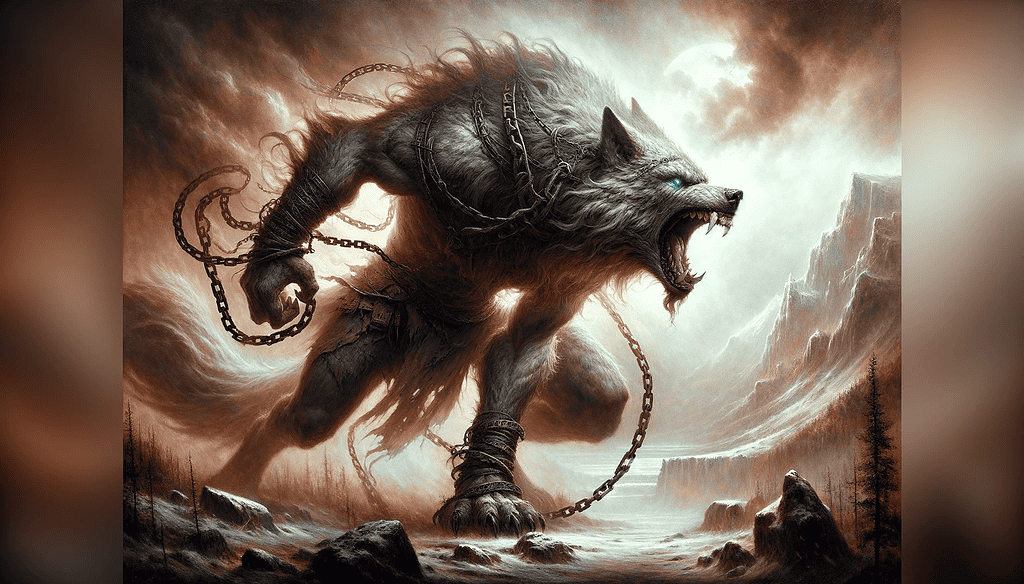
Loki, the trickster god, and his offspring hold a mirror to the multifaceted nature of existence within the Norse mythos. Their stories, interwoven with themes of betrayal, transformation, and redemption, offer profound insights into the Norse understanding of the universe and its inherent complexities.
The tales of Loki’s children transcend mere mythology, delving into the depths of the human condition.
Fenrir’s chains, Jörmungandr’s embrace of the earth, Hel’s dominion over the dead, and Sleipnir’s bridging of worlds reflect the diverse aspects of human experience, from our darkest fears to our loftiest aspirations.
The narratives surrounding Loki’s lineage underscore the delicate balance between chaos and order, a fundamental concept in Norse cosmology. This balance is not static but dynamic, suggesting that chaos and order are not only inevitable but also necessary for the renewal and continuation of life.
Through the prism of these mythological figures, we gain insight into the Norse perception of nature’s cycles — from the changing seasons to the cycle of life and death. These cycles are not seen as mere repetitions but as vital processes that sustain and renew the world.
Loki’s children, particularly in their roles in the prophecy of Ragnarök, highlight the Norse belief in an interconnected universe where the fates of gods and mortals are inextricably linked.
This interconnectedness speaks to a broader understanding of fate, where every action and event is part of a larger, cosmic tapestry.
Ultimately, Loki and his progeny serve as agents of transformation within the Norse mythological narrative.
Their stories invite us to embrace change, acknowledge the necessity of opposites, and recognize the potential for renewal in every end.
Through these tales, we are encouraged to reflect on our place within the natural world and the broader universe, fostering a deeper appreciation for the ancient wisdom embedded in Norse mythology.
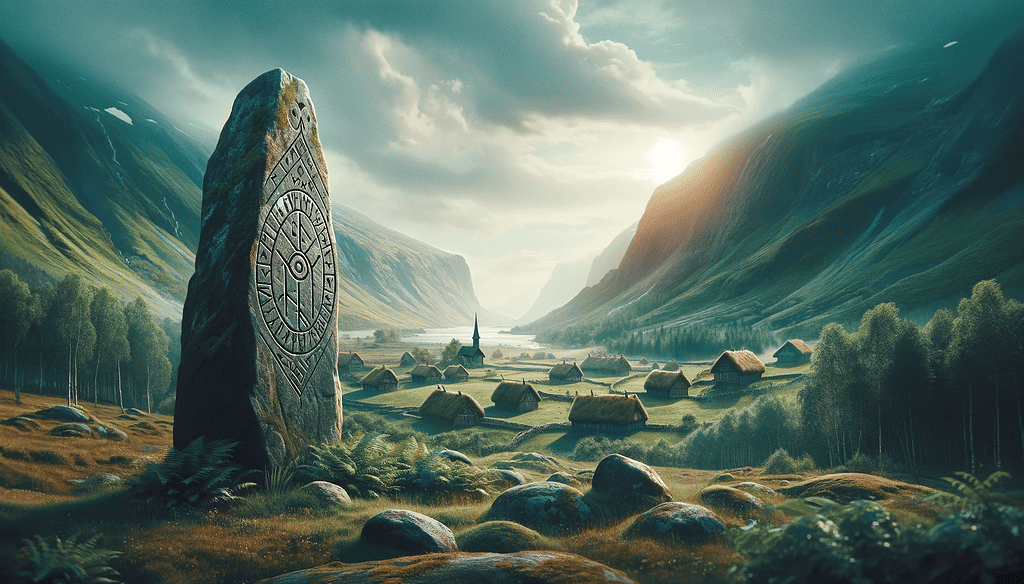
Norse mythology, with its rich tapestry of gods, monsters, and heroes, invites us to explore a world far beyond the familiar tales of Thor’s hammer, Mjolnir, and Odin’s wisdom.
It beckons enthusiasts and scholars alike to delve into the lesser-known stories that paint a more intricate picture of the Norse cosmological view.
We encourage readers to question and reinterpret the established narratives, to see Loki not just as a figure of mischief but as a catalyst for change, and his monstrous children as embodiments of natural forces and philosophical concepts.
The story of Loki, from his tricks and transformations, such as taking the form of a mare, to his role as the father of some of the most intriguing figures in Norse myth, offers a unique lens through which to view the old tales.
Consider the multifaceted nature of figures like Hel, who oversees the realm of the dead not with cruelty but with fairness, reflecting the Norse understanding of death as part of life’s cycle. Or Sleipnir, whose very existence challenges our perceptions of the natural and the supernatural.
Venture into the original sources, from the poetic depths of the Poetic Edda to the prose narratives of Snorri Sturluson in the Prose Edda, and beyond, to Saxo Grammaticus’s Gesta Danorum.
These texts offer a gateway to understanding the nuances of these myths and the worldview of the Norse people.
Engage with the community of Norse mythology enthusiasts, from academic circles in Northern Europe to pagan practitioners worldwide. Share insights, debate interpretations, and contribute to the ever-evolving understanding of these ancient stories.
Let us challenge ourselves to see beyond the surface of these ancient narratives, to uncover the wisdom and warnings they hold about the human condition, the power of nature, and the inevitable cycle of creation and destruction.
This journey through Norse mythology is not just an exploration of the past but a discovery of timeless truths that resonate through the ages.
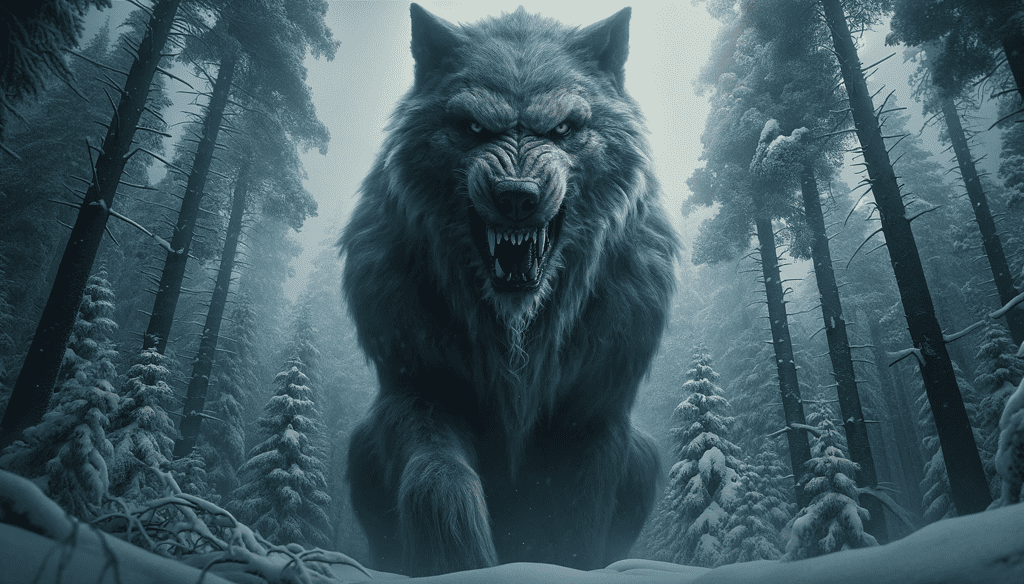
Aesir: The principal pantheon in Norse mythology, which includes gods such as Odin, Thor, and Frigg, known for residing in Asgard.
Asgard: One of the Nine Worlds and home to the Aesir gods, it is connected to Midgard, the world of humanity, by the rainbow bridge Bifrost.
Bifrost: The burning rainbow bridge that connects Asgard, the realm of the gods, to Midgard, the realm of humans.
Edda: Ancient Norse manuscripts that are primary sources of Norse mythology. They consist of the Prose Edda, written by Snorri Sturluson, and the Poetic Edda, a collection of older poems.
Fenrir (Fenris Wolf): The monstrous wolf, a child of Loki, destined to play a major role in Ragnarök by killing Odin.
Gesta Danorum: A work of Danish history by the 12th-century historian Saxo Grammaticus, which includes Norse myths and legends.
Hel: The goddess and ruler of the underworld in Norse mythology, Helheim, where those who did not die in battle reside after death. She is one of Loki’s children.
Jörmungandr (Midgard Serpent): A giant serpent that encircles Midgard, the human world; another of Loki’s offspring, destined to battle Thor during Ragnarök.
Loki: A trickster god associated with magic and fire, known for his shapeshifting abilities and complex relationship with the Aesir gods.
Mjolnir: The powerful hammer wielded by Thor, the god of thunder, capable of leveling mountains with a single blow.
Norse Mythology: The body of myths of the North Germanic peoples, stemming from Norse paganism and continuing after the Christianization of Scandinavia.
Odin: The chief of the Aesir and the king of the gods, associated with wisdom, healing, death, and the runic alphabet.
Ragnarök: The prophesied apocalypse in Norse mythology, which involves a great battle, the death of major gods, natural disasters, and the submersion of the world in water.
Sleipnir: An eight-legged horse, the offspring of Loki (in the form of a mare) and the stallion Svaðilfari, and is the steed of Odin.
Thor: The Norse god of thunder, known for his strength, the protection of humanity, and his hammer Mjolnir.
Tyr: The god of war and justice, known for his bravery, especially in the tale of the binding of Fenrir, where he loses his hand to the great wolf.
Check out these other categories: